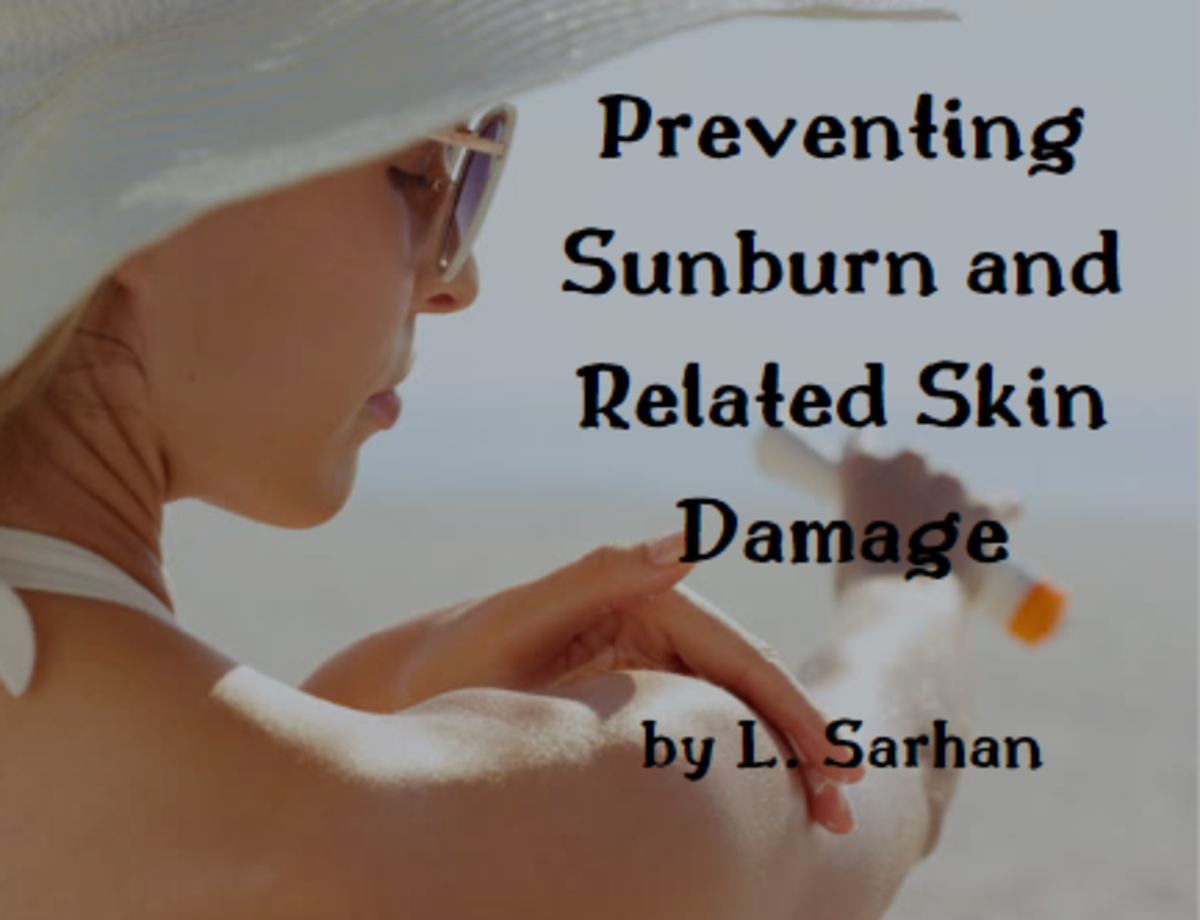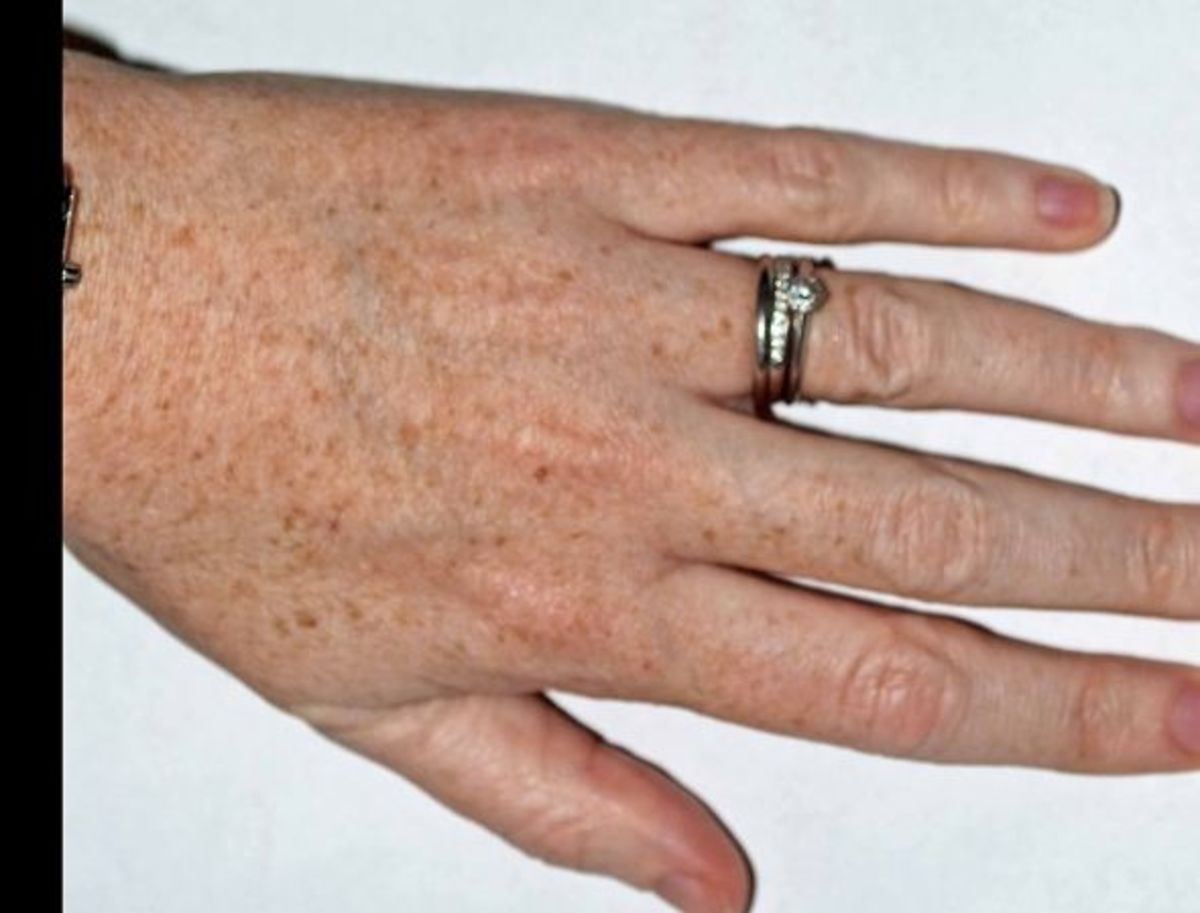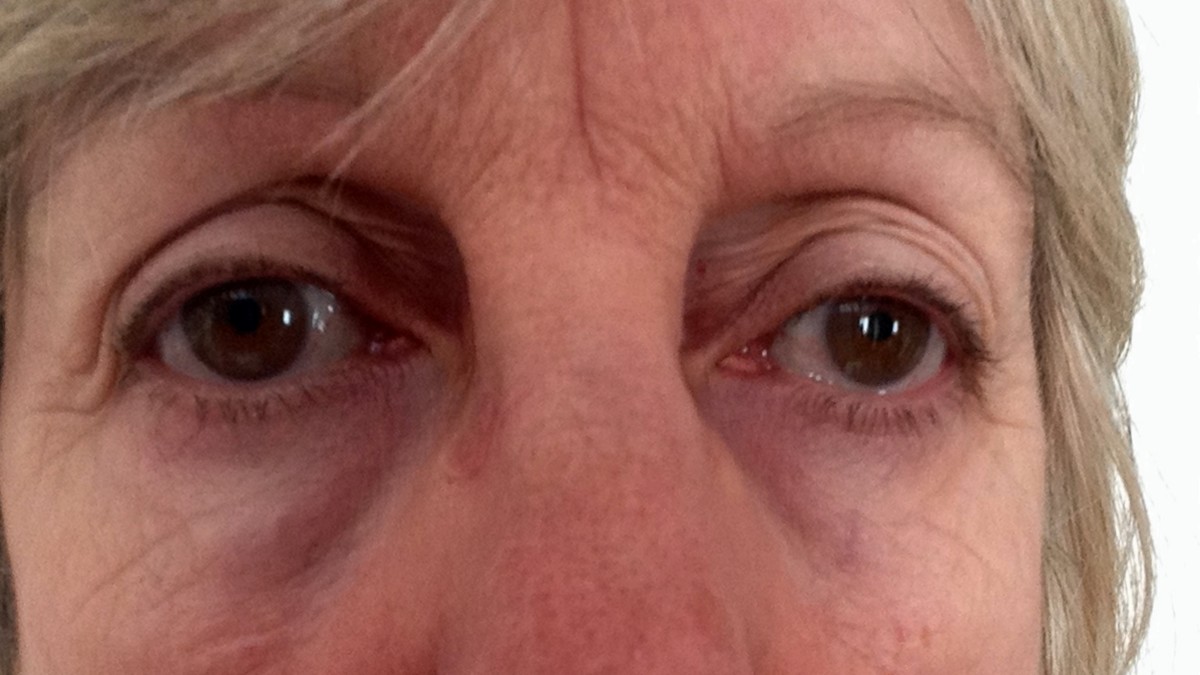What Does Sunscreen SPF Mean?
What is Sunscreen?
Whether you call it sunscreen, suntan lotion, sunblock, or any other name, you've probably studied the SPF factor of a sunscreen product at some point, but what does sunscreen SPF really mean?
We all know that sunscreen is a good idea to protect our skin from the harmful ultraviolet (UV) rays from the sun, but it's important to know what the numbers on those bottles of sunscreen really mean. Let’s take a quick look at the numbers and what they are trying to tell us.
Sunscreen is sometimes called by other names like sun block or, the popular phrase form the past generation, suntan lotion. Over time this cream has morphed from a way to get a bronze tan safely to a method by which a person attempts to block almost all of the sun’s rays.This change was in response to more evidence and a more aware public that now puts a higher value on staying out of the sun as they do on being tan.

What Do the Numbers Mean?
The numbers we see on a bottle of sunscreen represents the sun protection factor, and is commonly referred to by its initials “SPF”. A low SPF number means that fewer harmful UV rays are blocked while a high SPF number means more of these same UV rays are blocked so, in theory, a higher SPF is better.
It would be great if the SPF number was something as simple as a percentage of UV rays blocked or the number of minutes you can be exposed to the sun without reapplying more sunscreen, but it’s not quite that simple.The fact is, a mid-day sun is much stronger than a morning sun, so all sun is not created equal.There are other factors as well that impact the amount of sun protection you get like your activity level, whether you are in the water or not, or even how much you sweat.
Instead of getting into an elaborate scientific discussion of what SPF really means know this. Any sunscreen product with SPF 15 or greater is a fine choice. You might be surprised to find out that SPF 15 and SPF 30 are not really that different. Of course, SPF 30 sunscreen will block more of the UV rays, but not twice as much as SPF 15. Still, SPF 30 is a great starting point for sunscreen.

A Quick SPF Numbers Breakdown
The SPF number on sunscreen relates to the amount of the sun’s UV rays.There are different types of UV rays, UV-A and UV-B.Different sunscreens block different amounts of each but it’s a good idea to use a so-called “broad spectrum” sunscreen that blocks both types of UV rays.The term SPF actually applies to the UV-B rays as these have been considered the bigger culprit in causing sunburn but a broad spectrum sunscreen that blocks UV-A rays as well will eliminate the need to worry about that.
Here’s how the numbers actually break down in terms of how UV-B rays are blocked with various kinds of sunscreen:
- SPF15 blocks 93% of UV-B rays
- SPF30 blocks 97% of UV-B rays
- SPF50 blocks 98% of UV-B rays
As you can see, the difference is not overwhelming. Still, SPF30 is a good way to go without the heavier feeling of the SPF 50 lotions. You can find sunscreen with SPF50+ or those marketed as total sun blockers, but the truth is that no sunscreen can block 100% of the sun’s rays. Even so, you can block 97% with SPF30 so you are doing pretty well with that.
Sunscreen Tips
To make the most of your sunscreen you should follow these guidelines.
- Apply sunscreen before you head outside – up to 30 minutes ahead of time
- Reapply sunscreen after you have been out for and hour or so
- If you are in the water or sweating excessively, reapply sunscreen as needed
- Don’t forget your ears and nose – they have skin that is pointed towards the sun and will burn quickly, similar to your shoulders or the back or your neck
- Use a “broad spectrum” sunscreen for maximum protection
Other Sun Protection Tips
On top of using a quality sunscreen product to protect your skin, you should take care to protect your skin in other ways.
- Limit your sun exposure to a reasonable amount of time
- Work outside in the morning or late afternoon if you can to avoid the high sun that exists between 10 and 4
- Wear a hat to protect your face, neck, or ears
- Wear a pair of sunglasses that protect against UV rays to protect your eyes
- For every day eye protection get the UV protective coating on your next pair of eyeglasses
Now that you have your sunscreen it’s time to get outside and enjoy the weather! Just be sure not to get too much sun.









